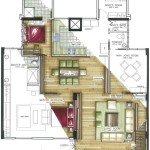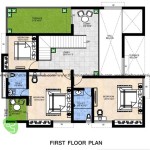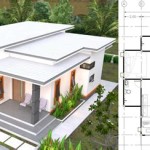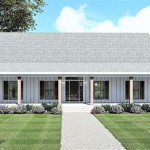Parliament House Floor Plan: Exploring the Iconic Australian Landmark
Parliament House, nestled in the heart of Canberra, is a magnificent architectural marvel that serves as the seat of the Australian Parliament. Its intricate floor plan reflects the democratic principles upon which the nation is founded, providing a framework for legislative debates, public access, and administrative functions.
Public Spaces and Visitor Access
The Parliament House floor plan prioritizes public engagement, offering multiple spaces for visitors to witness the workings of democracy firsthand. The Great Hall, located at the building's center, is a vast and impressive space where the public can observe parliamentary proceedings through large glass windows. Additionally, the Queen's Terrace and Senate Foyer provide panoramic views of the surrounding parliamentary precinct.
Legislative Chambers
At the heart of the Parliament House floor plan lie the two legislative chambers: the House of Representatives and the Senate. Each chamber occupies a separate wing of the building, with the debating rooms located on the ground floor. The chambers are designed to foster open discussion and debate, featuring tiered seating arrangements that allow all members to participate effectively.
Committee and Office Spaces
Parliamentary committees play a vital role in scrutinizing legislation and conducting inquiries. To support this work, the Parliament House floor plan includes several committee rooms and meeting spaces. These rooms are equipped with modern technology to facilitate efficient and effective deliberations.
Additionally, the floor plan provides ample office space for members of parliament (MPs), parliamentary staff, and administrative personnel. These offices enable MPs to carry out their duties effectively and serve their constituents.
Administrative and Support Facilities
To ensure the smooth operation of Parliament House, the floor plan incorporates a range of administrative and support facilities. These facilities include a library, a research service, a media center, and a visitor information center. The library houses an extensive collection of reference materials and research documents, while the research service provides MPs with expert advice on policy and legislative issues.
Security and Safety
As a national landmark and government building, Parliament House is subject to stringent security measures. The floor plan incorporates various security features, such as access control systems, security cameras, and emergency response protocols. These measures ensure the safety of parliamentarians, staff, and visitors.
Architectural Significance
Beyond its functional design, the Parliament House floor plan is also notable for its architectural significance. The building was designed by Mitchell/Giurgola & Thorp Architects and constructed over a period of 11 years. Its unique geometry, featuring a central core and two curved wings, has become an iconic symbol of Australian democracy.
Conclusion
The Parliament House floor plan is a meticulously designed framework that not only supports the legislative process but also fosters public engagement and preserves the democratic principles upon which Australia is founded. Its combination of functional spaces, public accessibility, and architectural grandeur makes it a landmark building of national importance.

Architecture Power And Parliament How Do Buildings Shape Politics Of

S Parliament House Parliamentary Education Office

Old Parliament House And Curtilage Heritage Management Plan 2024

The Architect Queensland Parliament

Architecture Power And Parliament How Do Buildings Shape Politics Of

Floor Plan Nsw Parliament Functions Events

Fichier Plan Of The Original Central Parliament Building Jpg Wikipédia

The Physical And Administrative Setting Parliament Buildings Grounds

Archive Of Affinities Houses Parliament Architecture Design Concept Building Drawing
Parliament House








